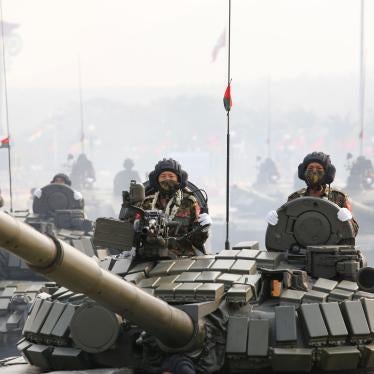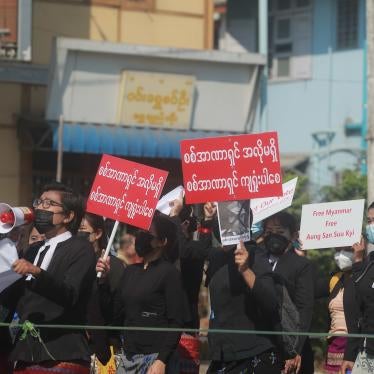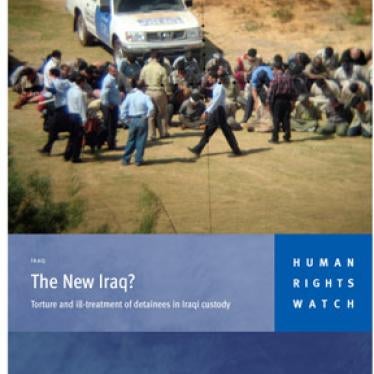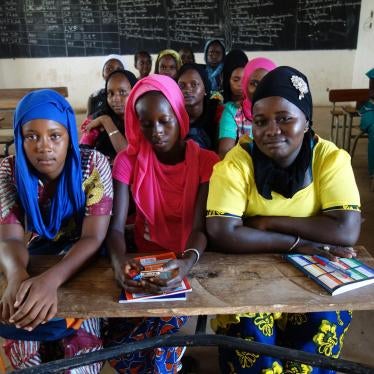The preliminary results of Burma’s first nationwide census since 1983 were released in Rangoon last Saturday, providing an answer to the vexing question of the actual population, estimates of which varied between 44 to 59 million for a decade. The new tally (minus some low-population areas of northern Karen State and Kachin State not included because of security concerns) is 51.4 million.
More important than this number, however, was what the census results didn’t include. There were no details on the sensitive subjects of ethnicity or religion made public, and there won’t be until after the 2015 election. The main reason provided is such results could potentially further inflame communal conflict that has rocked Burma since 2012, when over 140,000 stateless Rohingya Muslims were displaced in largely one-sided communal conflict in Burma’s western Arakan State. Since then, the danger of communal violence has spread into central Burma, and the broader Muslim minority has been targeted in several waves of violence fuelled by ultra-nationalist Buddhist monks.
In fact, one week before the census started in late March, mobs attacked Western aid offices in the Arakan State capital, Sittwe, sparking the evacuation of over 300 aid workers. This was presaged by the government’s suspension of healthcare activities by Médecins Sans Frontières (MSF) weeks earlier, denying medical care to meet the urgent needs of thousands of displaced Rohingya in squalid camps throughout Arakan State. Days afterward, as the counting began, government census officials refused to count any person identifying themselves as “Rohingya,” eliciting the only expression of concern publicly heard to date from the UN Population Fund (UNFPA) at the exclusion of the Rohingya and their right to self-identification.
The real lessons from the census were the blithe indifference by UNFPA and the Burmese government to the potential for violence the census could spark, voiced well ahead of the enumeration by a number of organizations, such as International Crisis Group and the Transnational Institute, and scores of ethnic minority political leaders. The government’s insistence on using a bewildering classification of 135 “national races,” from which the Rohingya have been excluded since 1982, was one major concern, as was the figure of Muslims in the population, speculation by Buddhist extremists is a prime driver of ultra-nationalist paranoia and violence.
There is no doubt Burma needs accurate planning data to facilitate economic and social development after decades of disastrous military autocracy produced Burma’s deep and pervasive poverty. The population figure revealed by the census was lower than expected, but the more concerning shortfall really is the failure of the government, the UN and international donors to take action to effectively address the ethnic and religious divides that help fuel instability, violence and disenfranchisement in Burma.







